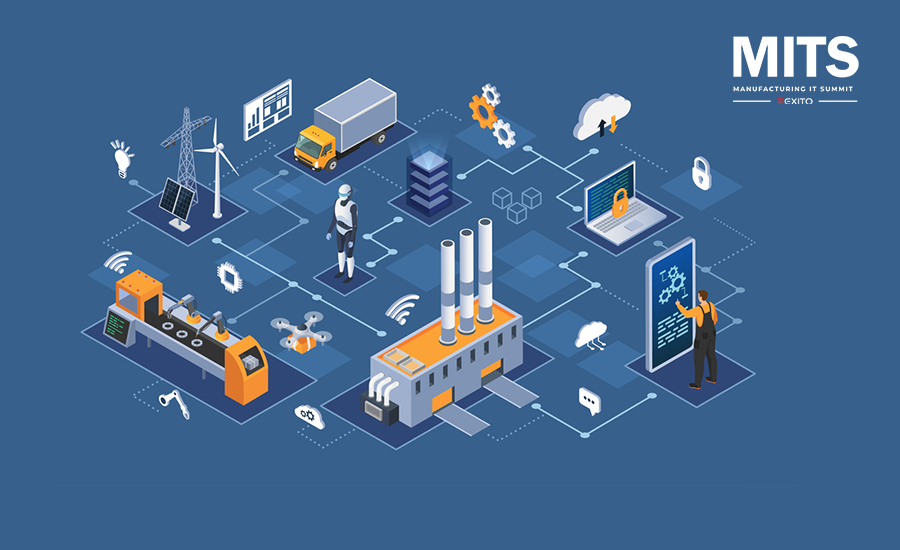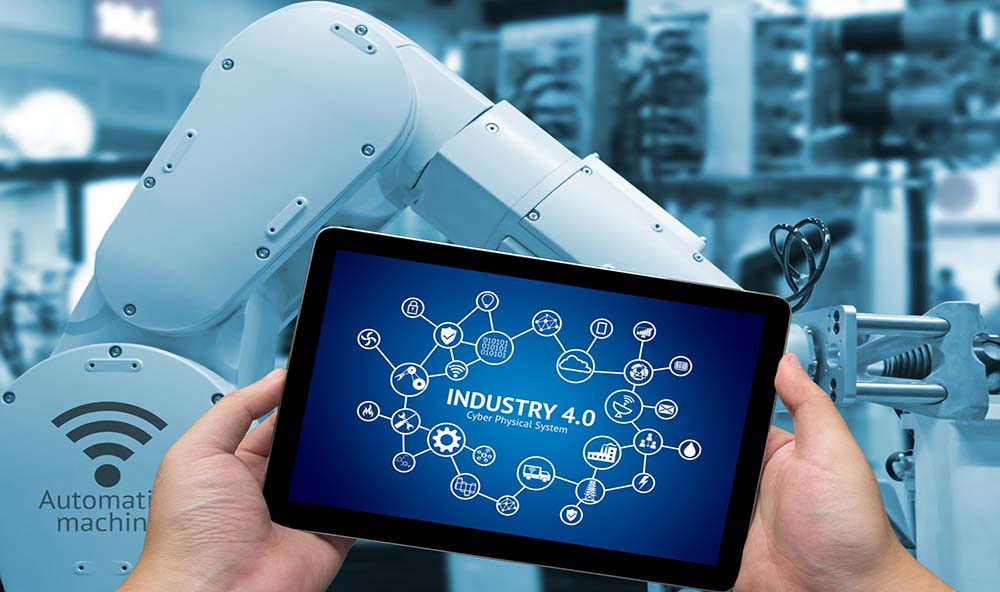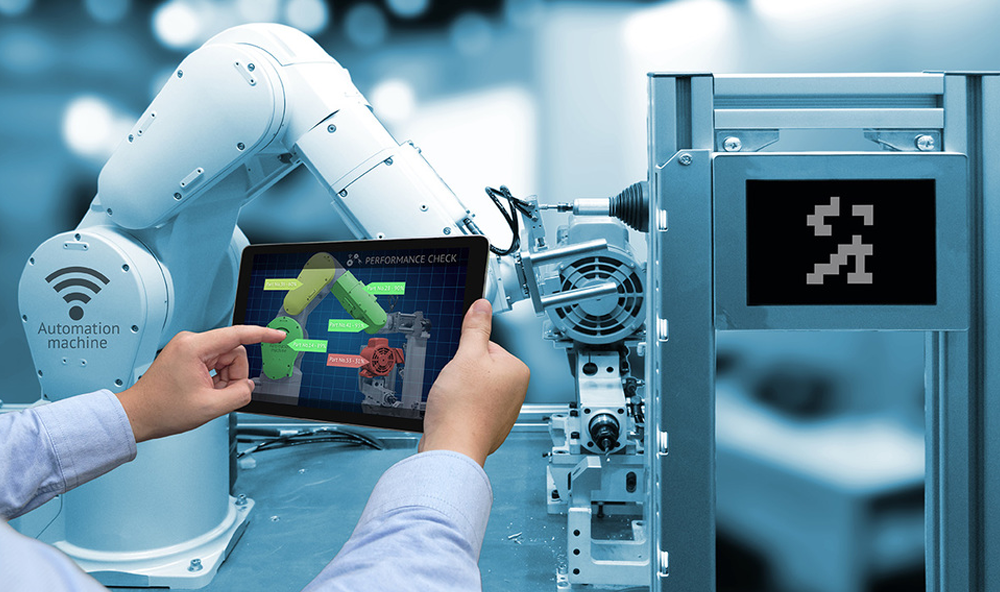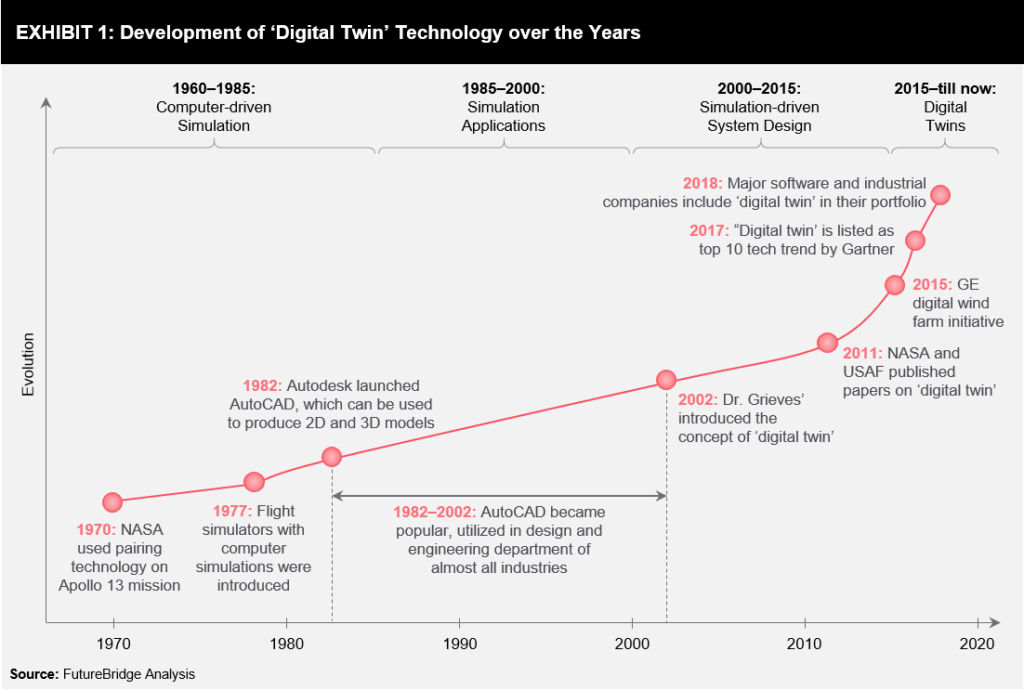The manufacturing industry has been the backbone of the global economy for decades. But as globalization and technological advances have changed the way business is done, manufacturers are struggling to stay competitive.
Cloud technology is a relatively new player in the manufacturing world, but it’s quickly changing the game. Cloud solutions offer manufacturers cost-effective, time-saving services that can help them do everything from managing inventory to boosting productivity and efficiency.
Cloud solutions are becoming more and more popular in the manufacturing industry. The benefits of using cloud solutions are too many to count. Cloud solutions help manufacturers save time, money, and resources otherwise spent on IT infrastructure management. Cloud also helps manufacturers become more efficient and productive by enabling them to access their data from anywhere at any time.
However, manufacturers who depend on traditional methods fear migrating to the cloud for many reasons. In this article, we will discuss why migrating to the cloud could be the decision.
Developing Data Demands
The manufacturing industry is one of the most rapidly changing industries in the world. Cloud software solutions are a way to help companies be more agile in their production processes.
Cloud-based supply chains allow manufacturers to accommodate change quickly by collecting and storing enormous amounts of data. This includes data from manufacturing equipment, suppliers, and customers. The benefits of a cloud-based supply chain are that it allows for better communication and coordination among suppliers, customers, and partners.
Cloud manufacturing can help manufacturers reduce costs by automating inventory management and production scheduling. It also helps them find new markets for their products by providing real-time data on product demand across the globe. Cloud software solutions also help manufacturers track the status of a product or order.
Moving to cloud
Although the advantages of migrating to cloud computing are apparent, manufacturers may find it challenging to make the switch.
The thought of storing production data off-premises is unavoidably terrifying for certain employees. Although fears of data loss, security breaches, and lack of data ownership are legitimate, they aren’t entirely warranted.
The majority of cloud providers have made significant investments to ensure that their infrastructure is secure and resistant to threats. For example, Microsoft’s Azure cloud platform is ISO 27001-certified and provides disaster recovery as a service (DRaaS). These cloud solutions allow a separate data center to operate as your recovery site by automating the replication of your manufacturing data. This implies that even if your data is accidentally lost, it will not be lost permanently.
Conclusion
It’s not just about shifting data elsewhere when you switch to cloud computing. The cloud can improve a company’s output, efficiency, and overall business strategy when used effectively. With so much possibility, it’s difficult to imagine any firm ignoring cloud computing.
It’s no secret that the cloud has emerged as the predominant model for data storage and application hosting. The benefits of this model are clear: lower costs, better security, and increased scalability.
The decision to take your factory onto the cloud is not just a technology decision; and it’s a question of whether you want to be at the forefront of innovation and make your business more competitive or if you want to remain in the past and be left behind.









